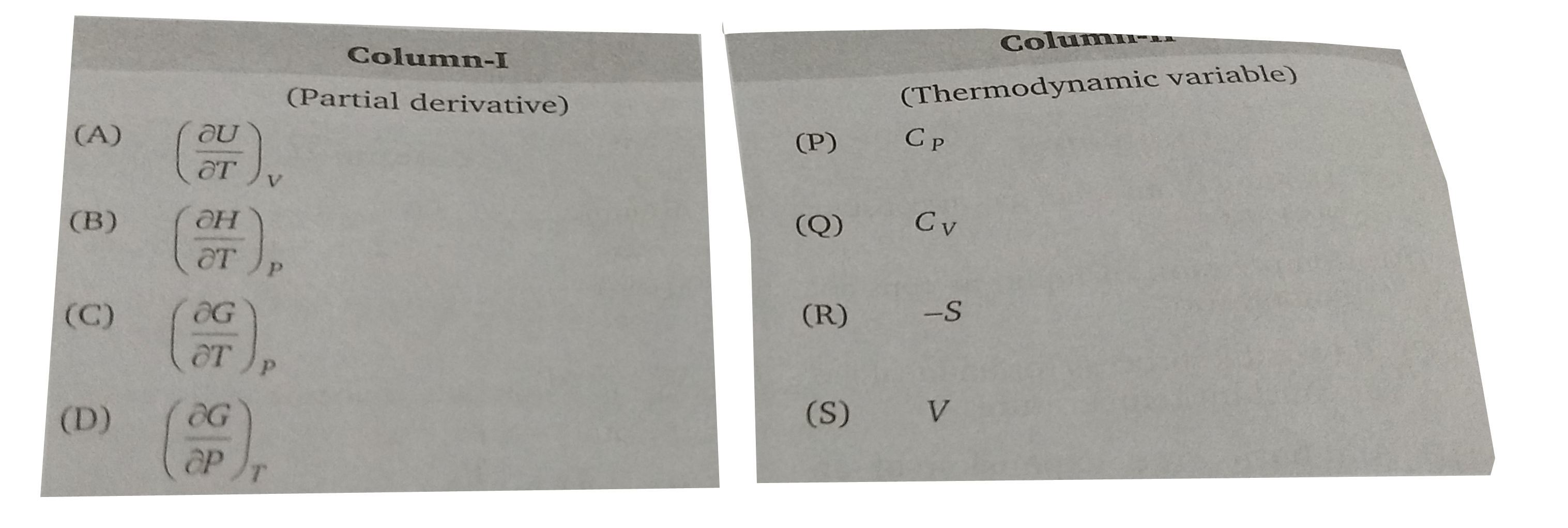9 moles of "D" and 14 moles of E are allowed to react in a closed vessel according to given reactions. Calculate number of moles of B formed in the end of reaction, if 4 moles of G are present in reaction vessel. (percentage yield of reaction is mentioned in the reaction) Step -1 Step-2 Solution in Telugu
Step by step video & image solution for 9 moles of "D" and 14 moles of E are allowed to react in a closed vessel according to given reactions. Calculate number of moles of B formed in the end of reaction, if 4 moles of G are present in reaction vessel. (percentage yield of reaction is mentioned in the reaction) Step -1 3D+4E 80%rarr5C+A Step-2 3C+5G 50%rarr 6B+F by Chemistry experts to help you in doubts & scoring excellent marks in Class 11 exams.
Updated on:21/07/2023Topper's Solved these Questions
- STOICHIOMETRYBOOK - NARENDRA AWASTHICHAPTER - STOICHIOMETRYEXERCISE - Level 1 (Q.91 To Q.120)
30 Videos
- STOICHIOMETRYBOOK - NARENDRA AWASTHICHAPTER - STOICHIOMETRYEXERCISE - Level 1 (Q.121 To Q.150)
30 Videos
- STOICHIOMETRYBOOK - NARENDRA AWASTHICHAPTER - STOICHIOMETRYEXERCISE - Level 1 (Q.31 To Q.60)
28 Videos
- SOLID STATEBOOK - NARENDRA AWASTHICHAPTER - SOLID STATEEXERCISE - Level 3 - Subjective Problems
1 Videos
- THERMODYNAMICSBOOK - NARENDRA AWASTHICHAPTER - THERMODYNAMICSEXERCISE - Level 3 - Match The Column
2 Videos
Similar Questions
0.2 mole of HCIand0.2 mole of barium chloride were dissolved in water to produce a 500mL solution. The molarity of the CI− ions is :
View SolutionWhat are the oxidation number of nitrogen in NH4NO3?
View SolutionDensity of ideal gas at 2 atm and 600K is 2g/L. Calculate relative density of this with respect to Ne(g) under similar conditions : (given : R=112atmLmol.K)
View SolutionIonic solid Na+A− crystallise in rock salt type structure . 2.592 gm of ionic solid salt NaA dissolved in water to make 2 litre solution . The pH of this solution is 8. If distance between cation anion is 300 pm . Calculate the density of ionic solid (Pkw=13 Pka=13)
View SolutionMatch the following columns

View SolutionWhen 3 moles of A and 1 mole of B are mixed in 1 litre vessel, the following reaction takes place A_((g)) + B_((g))hArr2C_((g)). 1.5 moles of C are formed. The equilibrium constant for the reaction is
View SolutionWhat is mass of C obtained on reacting 20 moles of A with excess B by reaction {:(2A,+,B,rarr,3C):} If % yield of reaction is 80% ? .
View SolutionFor the reaction A(g)+3B(g)⇔2C(g)at 27∘C, 2 moles of A, 4 moles of B and 6 moles of C are present in 2 litre vessel. If Kc for the reaction is 1.2, the reaction will proceed in :
View Solution9 moles of "D" and 14 moles of E are allowed to react in a closed vessel according to given reactions. Calculate number of moles of B formed in the end of reaction, if 4 moles of G are present in reaction vessel. (percentage yield of reaction is mentioned in the reaction) Step -1 3D+4E80%→5C+A Step-2 3C+5G50%→6B+F
View SolutionIn a closed vessel of volume v, a moles of nitrogen and b moles of oxygen are made to react to given nitric oxide, according to reaction , N_(2)+O_(2) hArr 2NO . If at equilibrium , 2x moles of NO are obtained , then
View Solution4 moles of A are mixed with 4 moles of B. At equilibrium for the raction A+B⇔C+D, 2 moles of C and D are formed. The equilibrium constant for the reaction will be
View SolutionWhen 3 moles of A and 1 mole of B are mixed in 1 litre vessel the following reaction takes place A_((b))+B_((g))hArr2C_((g)).1.5 moles of C are formed. The equilibrium constant for the reaction is
View SolutionFor the reaction A(g)+3B(g)⇔2C(g) at 27∘C.2 mole of A, 4 moles of B and 6 moles of C are present in 2 lit vessel. If Kc for the reaction is 1.2, the reaction will proceed in
View SolutionA के 3 मोल और B के 1 मोल को जब 1 लीटर के बर्तन में अभिकृत करवाया जाता है तो Ag+Bg→2Cg अभिक्रिया होती है तथा C के 1.5 मोल बनते हैं, अभिक्रिया के लिए साम्य स्थिरांक होगा
View Solution9 moles of "D" and 14 moles of E are allowed to react in a closed vessel according to given reactions. Calculate number of moles of B formed in the end of reaction, if 4 moles of G are present in reaction vessel. (percentage yield of reaction is mentioned in the reaction) Step -1 3D+4E80%→5C+A Step-2 3C+5G50%→6B+F
View Solution9 moles of "D" and 14 moles of E are allowed to react in a closed vessel according to given reactions. Calculate number of moles of B formed in the end of reaction, if 4 moles of G are present in reaction vessel. (percentage yield of reaction is mentioned in the reaction) Step -1 3D+4E80%→5C+A Step-2 3C+5G50%→6B+F
View Solution
